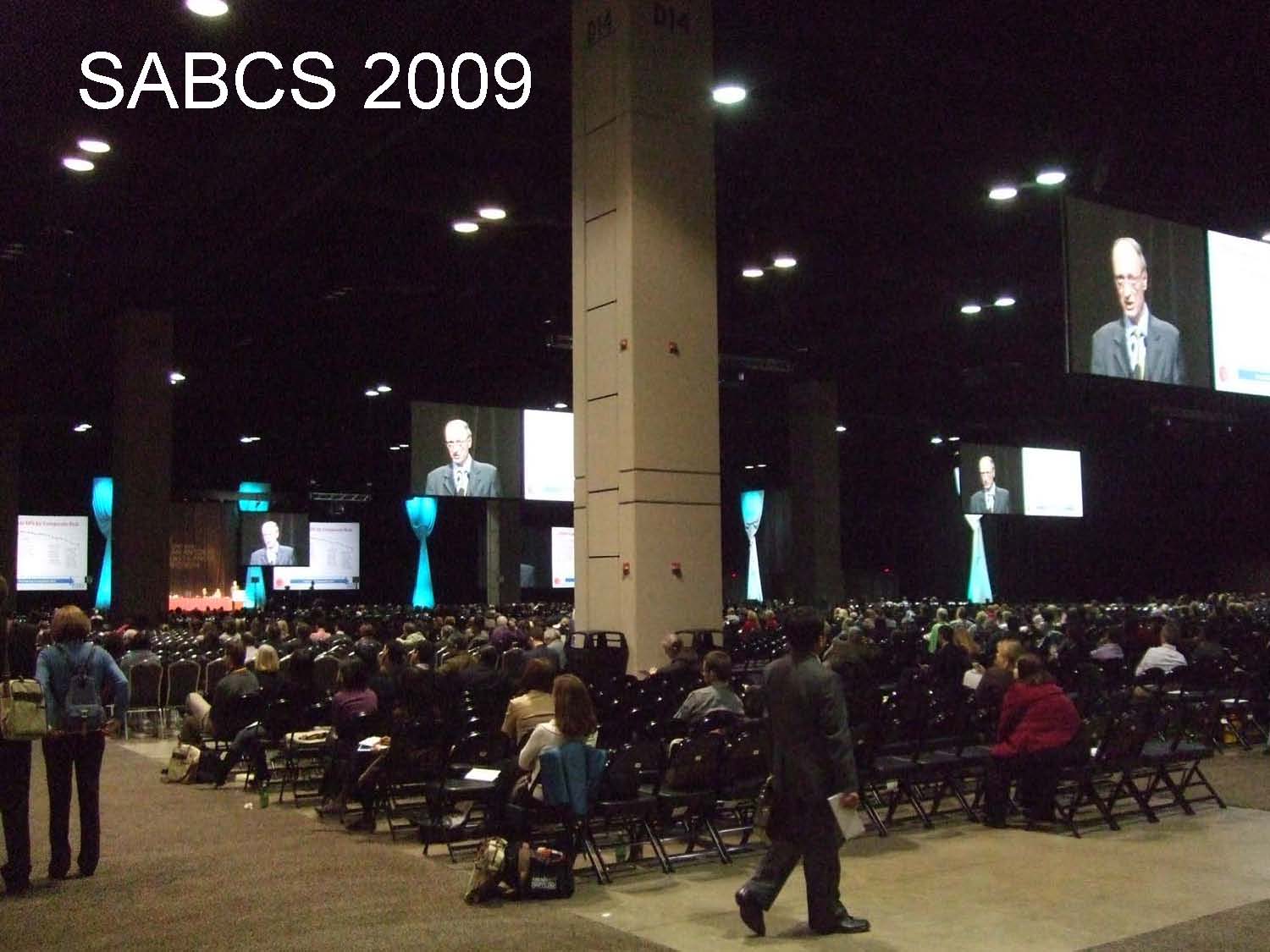
Every year San Antonio gives place to the largest Breast Cancer Conference of the world. Almost 9.000 participants take part at the 5 days oncology profile event. The plenary lecturers offered up-to-the-minute assessments in the areas of epidemiology, tumor immunotherapy, and molecular pathways associated with breast cancer. There were about 50 oral presentations in the General Sessions and over 1100 posters.
Four major awards honored clinicians and scientists who have made special contributions to the field of breast cancer research. Fortunately few experts from Hungary are able to cross the Atlantic to listen to the updates and present their work. We asked A. Marcell Szász (Semmelweis University - Budapest) about the conference.Your poster was exhibited. How does this process work, and what could be the long-term effect?
Our poster was „peer-reviewed” by a selection committee, I am not sure about the numbers but there is always a big fall-out. As I have received an SABCS Award (Avon Foundation - American Association for Cancer Research, international scholar-in-training category) based on the abstract submitted and my overall achievements, I was listed next to the names like Chuck Perou and Bob Weinberg.
What was the most exciting news or interesting topic?
Cancer Stem cells remain one of the most controversial areas in breast cancer biology.
Additionally, a new subtype has been indetified based on microarray studies: the claudin-low cluster. This has been implicated as an extremely poor prognostic group which bears stem cell characteristics. We have here described the claudin-low subtype in ER+ breast carcinomas in the same time with Perou’s group.
What were your experiences, and what kind of new information can you use in your daily work?
How we study genetics will undergo major changes over the next few years because of the availability of next-generation sequencing techniques that are now able to sequence an entire genome in a month.
Circulating tumor cells which can be detected in peripheral blood are an independent predictor of survival in metastatic breast cancer. We aim to investigate this in the near future.
The Preoperative Endocrine Prognostic Index is based on the independent prognostic effects of tumor size, nodal status, estrogen receptor status, and Ki67 level, and is used to predict long-term outcomes after the completion of neoadjuvant endocrine treatment. Because these markers are measured in the surgical sample after the completion of the neoadjuvant therapy, the prognostic information becomes available only after 4 months of treatment. An alternative approach, based on measuring the Ki67 level in a tumor biopsy sample taken only 2 to 4 weeks after beginning neoadjuvant therapy, was described by Matthew Ellis.
Proliferation has emerged in the last period as one of the most important predictive factors. A remaining problem in implementing Ki67 assessment in biopsies is standardizing measurement; this problem is currently being addressed by BIG/NABCG.